Subscribe for Newsletter
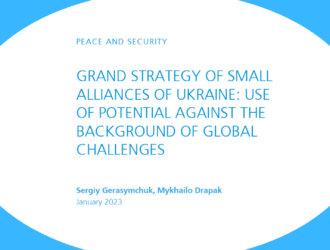
The implementation of the Strategy of Foreign Policy of Ukraine needs adjustment on the part of small alliances.
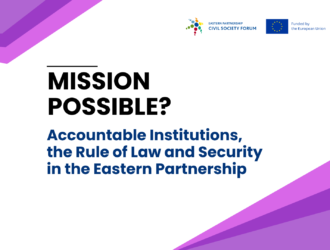
Assessment of promotion and enhancing reforms process by the EU in the countries of the Eastern Partnership within priority “Together for accountable institutions, the rule of law, and security”
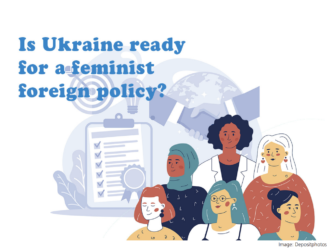
The understanding of the concept of a feminist foreign policy remains quite limited in Ukraine today. It is mostly narrowed down to gender equality in the diplomatic service.
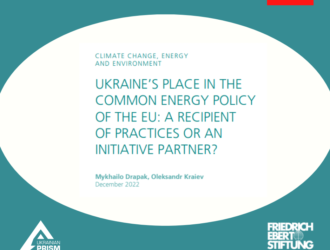
Ukraine, which is fighting against the Russian invaders for its sheer existence and democratic choice, also becomes a participant in the processes of the EU energy market.
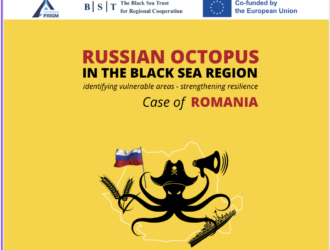
Romania presents a case of a balanced approach of using hard and soft security measures in forming its system of resilience to possible Russian aggression on various fronts.
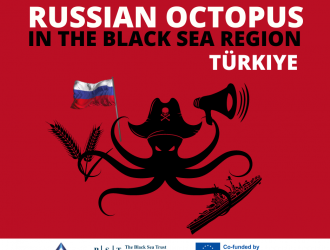
For centuries, the relationship between Türkiye and Russia has been the one of interdependencies and conflictual cooperation. Though
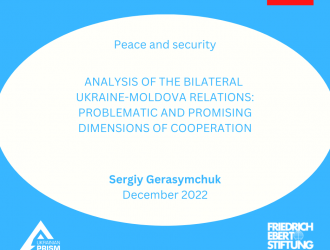
The challenges caused by the Russian war against Ukraine simultaneously opened the window of opportunities for the acceleration of the European integration of Ukraine and Moldova: both countries were granted the EU candidate status and benefit from European support.
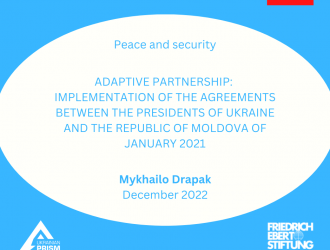
The agreements between the Presidents of Ukraine and the Republic of Moldova, reached in January 2021, became a new page in the relations between the two states.
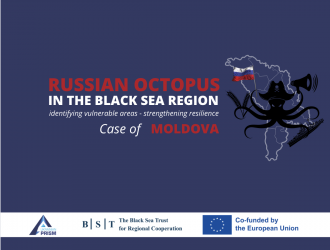
The Republic of Moldova remains one of the most vulnerable states from the perspective of Russian malign influence.
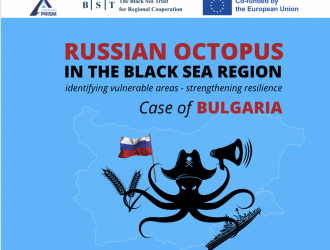
A significant part of Bulgarian elites and society has prerequisites for expressing loyalty to Russia.
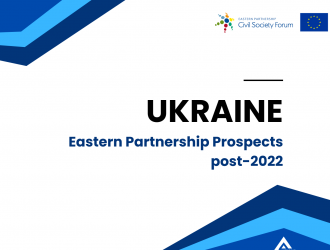
Since the inception of the EaP Ukraine has taken a special position on the policy and its bilateral and multilateral tracks. While acknowledging its European aspirations and interest in the development of bilateral cooperation with the European Union, official Kyiv expressed its reluctance to the multilateral track and overall EU’s approach towards copying Ukrainian-EU bilateral negotiation framework and applying it to the other partner states.

The EaP policy has generated a number of important results for Moldova. The signing of the Association Agreement in 2014, complemented by the implementation of the visa free regime and liberalization of exports towards the EU market, have greatly benefited the Moldovan economy and society.


